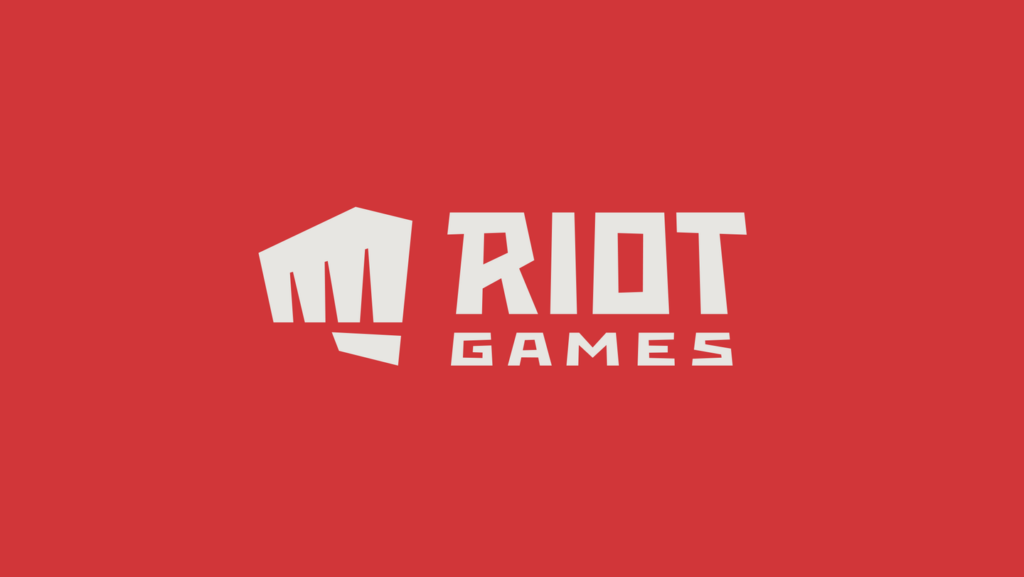
League of Legends developer Riot Games was a latecomer to the mobile sector, yet is seeing significant success nonetheless. Sensor Tower’s Q2 report shows the Los Angeles-based studio’s mobile revenue exceeded $100 million in total across three games.
“Just over 16 months into Riot Games’ first foray into mobile titles, the publisher has released three games and generated $108.4 million from player spending,” Sensor Tower mobile insights strategist Craig Chapple said in the report. “The company has spent the last few years diversifying its portfolio outside of its blockbuster hit League of Legends, although that continues to be its flagship title, even on mobile.”
“It’s still early days for Riot Games on mobile, but surpassing $100 million in global player spending on these titles, and now opening a new studio in China, shows the company is taking it very seriously,” Chapple continued in a statement to GameDaily. “The titles it has released have great quality gameplay, with League of Legends: Wild Rift clearly the main revenue driver at present.”
Since it released in October 2020, 46.3 million people have downloaded the mobile MOBA across the world, and spending reached approximately $64.7 million. The auto chess game Teamfight Tactics is Riot’s second best-earning title, with a total of $28 million since it first launched in March 2020. Meanwhile, card game Legends of Runeterra has grossed $16 million between April 2020 and publication of Sensor Tower’s report.
In Q2 2021, Riot’s three mobile games doubled their Q1 revenue and earned $36.5 million. However, those figures pale compared to the developer’s profits on PC. League of Legends alone generated Riot $1.75 billion in 2020.
It’s still a significant achievement, though, and not just because Riot only recently entered the mobile arena. Chapple said the lessons Riot learned will be “invaluable” as the developer continues refining its mobile strategy and expands into China. The mobile version of League of Legends could find substantial popularity there, he said, where tremendously successful MOBAs such as Honor of Kings generate most of their revenue.
Other developers new to the sector saw extensive growth in the first six months to a year of releasing high-profile titles.
“Over the years we’ve increasingly seen big console and PC games publishers–the likes of Activision, Nintendo, Ubisoft, Take-Two, etc– push into the mobile space, typically through large acquisitions or key development partnerships with companies like DeNA, Tencent and NetEase,” Chapple told GameDaily. “Nintendo was able to find huge success with Fire Emblem Heroes, which has generated more than $892 million to date, while Activision’s partnership with Tencent on Call of Duty: Mobile has also seen significant returns, with that title accumulating over $1 billion from the App Store and Google Play to date.”
However, some of these deals struggled to maintain similar momentum after the initial launch period.
Fire Emblem Heroes generated more than $600 million since it released in 2017. However, Sensor Tower noted the game brings in less every year. In 2017, its revenue was $295 million, but by 2019, that was down to $156 million, and increased only slightly to $163 million by April 2021.
Players spent $100 million on Mario Kart Tour in the first six months after its launch. In June 2021, it earned $2 million and saw 1 million downloads, but League of Legends: Wild Rift brought in $3 million and only 800,000 downloads. Other mobile spinoffs from prominent franchises, including The Sims, follow a similar pattern.
The key difference between these games is a hybrid one.
Part of it is content. Riot delivers significant updates to its mobile titles regularly, including new events, changes to mechanics and characters, and more, that leave little doubt it views mobile as a significant part of its strategy. Nintendo and EA, meanwhile, tend to deliver less content over longer periods of time, though the latter is making moves to change that.
The other is focus. Riot opted for a strategy similar to the one behind Call of Duty: Mobile, taking some of the most popular franchises and making them accessible to more people.
“Being late to market can make it difficult to challenge the top companies in the mobile games space without a big acquisition or partnership with an experienced mobile team,” Chapple said. “Riot Games has taken a slightly different strategy of taking its popular console and PC IP across different platforms, including mobile, to reach as wide an audience as possible. Making the top franchises available across platforms is a big industry trend and is a strategy Riot is pushing hard with.”
 GameDaily.biz © 2025 | All Rights Reserved.
GameDaily.biz © 2025 | All Rights Reserved.